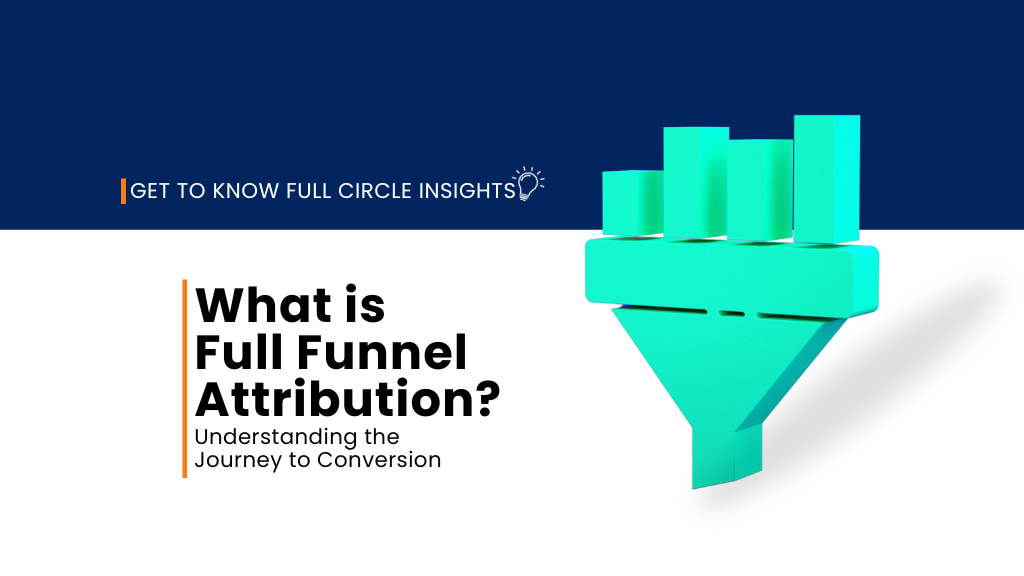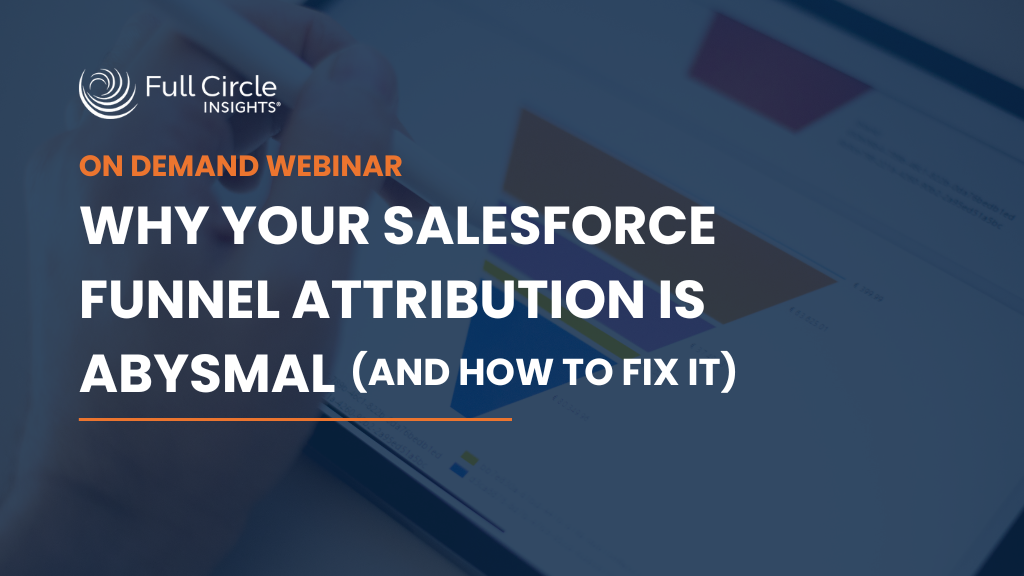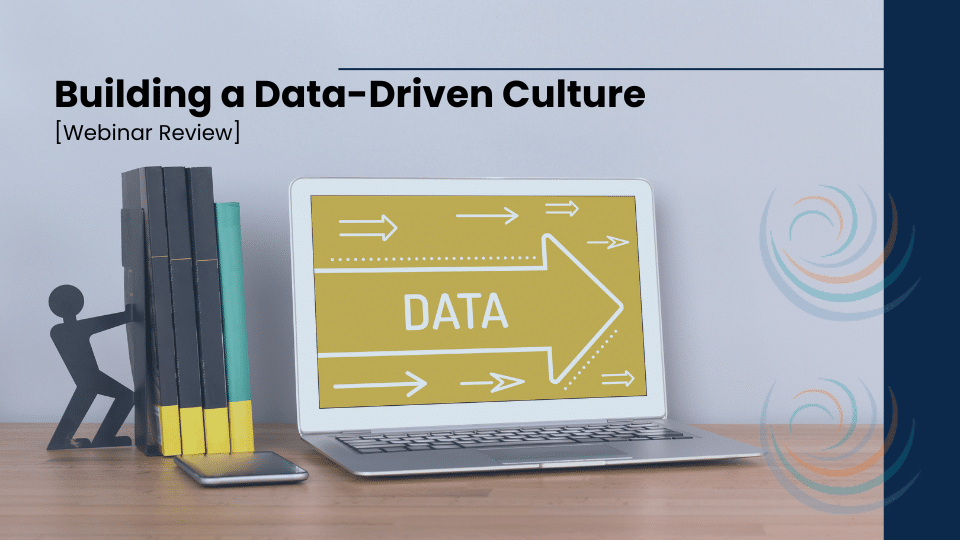
B2B marketers need to be able to figure out which campaign touches drive engagement and, ultimately, conversions and revenue. Attribution models can yield insights that allow marketers to make better spend allocation decisions. Single-touch attribution models like first-touch, last-touch and tipping-point can help marketers better understand lead generation, conversions, and the marketing-to-sales handoff.
Multitouch attribution can also generate important insights on how campaigns impact pipeline and revenue, but it’s critical to avoid mistakes during implantation and to understand the limitations and capabilities of each type of model. Here are five tips that can help you improve your multitouch attribution results.
- Create models that reflect your marketing strategy. It may sound simple, but it’s easy for marketers to get caught up in the different possibilities attribution models offer and miss this basic step. Are you running campaigns to improve the engagement of both new and active leads? If so, consider an even-spread multitouch attribution model that evaluates campaigns across the entire sales cycle. Are you looking to influence prospects later in the sales cycle? Take a look at a time decay attribution model, which gives later touches greater weight.
- Make you understand the business question you’re asking. In addition to aligning the model you choose with the marketing strategy, make sure you understand the business question you’re working to answer. For example, if one campaign strategy is to activate new influencers at top target companies, the business question might be, “What was the lead gen campaign’s impact on pipeline and sales this quarter vs. last quarter?” You’ll need to account for the business question too when setting up reports based on your multi-touch model.
- Apply appropriate reporting parameters. Once you have clarity on the business question you’re asking and choose a model that reflects the marketing strategy, it’s time to apply the right reporting parameters so that your dashboards and reports give you meaningful data. For instance, you might be examining results on a particular date, timeframe, or market segment. Setting the relevant parameters will ensure you get data that is actionable and relevant to the business question you’ve set out to answer with your campaign analysis.
- Combine attribution and funnel metrics to drive efficiency. This holds true for single-touch and multitouch attribution methods: Attribution helps you invest more efficiently, but you’ll also need funnel metrics to drive process efficiency. Also, keep in mind that it’s crucial to use CRM as your data repository because it is the revenue system of record. When you analyze funnel metrics inside the CRM, you can track volume, velocity, and conversion rates and identify any process issues with sales to drive overall efficiency.
- Hold regular meetings with sales and marketing colleagues. Related to the point above, it’s important to make sure everyone is on the same page, and that requires regular meetings with your relevant marketing ops/lead gen colleagues plus the sales/revenue teams that depend on your campaigns to generate business. During meetings, the group should review funnel metrics to identify trends and sticking points, and relevant individuals should take on action items to alleviate bottlenecks as appropriate.
Marketing attribution in general and multitouch attribution specifically will remain key components of B2B campaign measurement because they are essential for efficiency. Without actionable data on campaign performance, marketers can’t invest budget dollars where they produce the best results.
But it’s important to keep in mind that attribution is one-half of the efficiency equation. Funnel metrics matter too. When you can track both inside the CRM, you’ll be able to drive efficiency across the board and in even collaboration with your sales team.
Your Salesforce Funnel Attribution Model is Broken
The benefits of a comprehensive Salesforce marketing attribution strategy are undeniable, yet many businesses struggle with broken attribution systems.

Essential Marketing Insights
When it comes to marketing insights, your CEO is primarily interested in one thing: attribution.

What is Full Funnel Attribution?
Full funnel attribution is a powerful analytical approach that provides marketers with insights into the entire customer journey.

Navigating Salesforce Campaign Attribution: Part Two
Trends to Watch in 2024 [Part 2]: Dig into Salesforce campaign attribution, explore trends, and highlight how to take control of your attribution models.
Why Your Salesforce Funnel Attribution is Abysmal (and how to fix it) eBook
When there’s a Salesforce funnel attribution disconnect between marketing and sales things start to get messy.

Setting and Achieving Ambitious Marketing Goals
2023 is coming to a close and as we approach 2024, it’s time for marketers to think about their 2024 marketing goals and create a plan to hit them.

Navigating Salesforce Campaign Attribution: Part One
Trends to Watch in 2024 [Part 1]: Dig into Salesforce campaign attribution, explore trends, and highlight how to take control of your attribution models.

Why Your Salesforce Funnel Attribution is Abysmal
On Demand Webinar

Building a Data-Driven Culture
Many marketers don’t consider themselves “numbers people” (this marketer included), but like it or not, it’s a big part of the job. Learn more about how to build a data-driven culture to maximize campaign performance and improve communication.
![[Webinar] New Year’s Resolutions: Setting and Achieving Ambitious Marketing Goals](https://fullcircleinsights.com/wp-content/uploads/2024/01/December-Webinar-Image-1080x675.png)
[Webinar] New Year’s Resolutions: Setting and Achieving Ambitious Marketing Goals
Wednesday, Dec 13, 2023, at 1 PM EST



